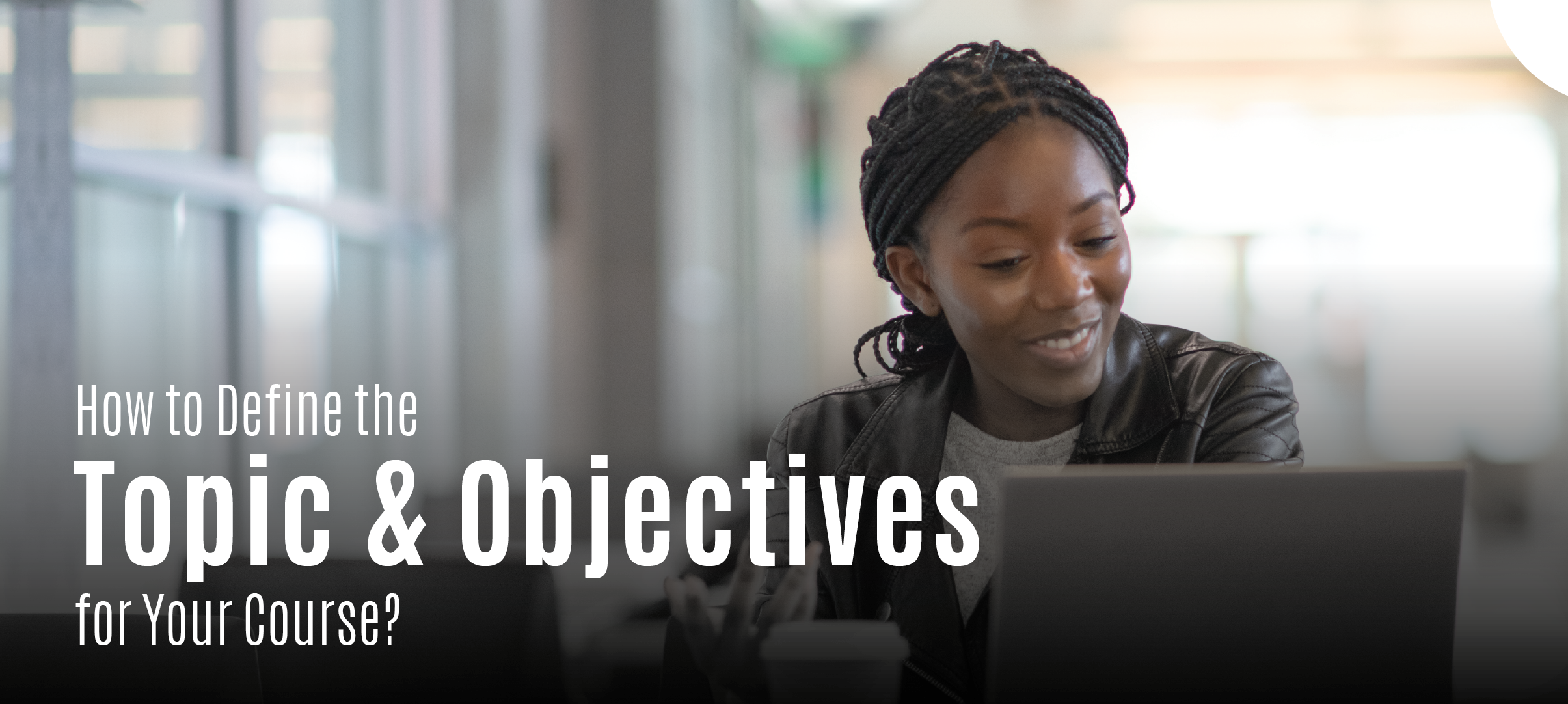How to design an online course that students love?
Have you launched a course and received only lukewarm response? This article is for you to create an impactful viral online course

Creating a killer course is all about setting the right student outcome for the students! So, if you have launched a course and received only lukewarm response, its not because of the course content, it might be because the outcome of the course is not grand enough!
A recent analysis of Yale's online courses revealed that a well-structured course increases the overall course ratings, and hence its participation.
When people are looking at cohort-based courses that they would invest their time, money, and energy into, they would want to choose something that adds value to their life, something that adds to their larger life goals. A person would want to choose your course only if they are convinced that you provide what they are looking for. Therefore, it becomes vital to define the specific area and objective for your course smartly and carefully.
One of the major and important differences between a cohort-based course and an on-demand course is that the latter has clearly predefined goals and objectives, set up by the coordinator. It is because of this reason that goal-specific courses have a participation rate that is 50% higher than on-demand courses.
Here's our simplified four-step guide to assist you in deciding your course topic, defining your main objective, setting up micro-goals for your class, and creating relevant cohorts.

Narrow Down to a Topic
Given below are the questions you can ask yourself to help you narrow down on a topic for the course-
- What is your talent? Think of a school for your talent in your mind. For example- if I am a yoga trainer, and I had to run a school, it would be a yoga school/studio.
- What all specific subjects would your school have? Classes are always on a specific subject and not generic. The more specific your topic, the more easily it will appeal to people. For example, my yoga studio would have classes on weight loss training, meditation, body detoxification, stress management, staying fit, et al. Given below are some examples-

Define a Specific Goal
Now that we have decided on subject and topic, the next step would be to define the specific larger goal of the class- what really is your aim with the course, what is it that your students will get out of it. This is a structured class with a goal that users can see and aim for in the class. Adding a defined goal can increase your class registrations by up to 50%.
The difference between a subject and a class is that a class is on a subject but has an end goal set to be achieved in a specific amount of time. The time window is an important detail that needs to be specified along with the goal. This makes the course sound promising and points towards a guarantee of success. For example, lose 5 kgs in 30 days, be able to manage stress better via meditations in 21 days, learn to do a headstand in 7 days, etc.

Create a List of Achievable Sub-Goals for Each Class
Sub-goals help participants get a better sense of what to expect in each class and which classes are not to be missed. A sub-goal can be at a class-to-class level if your course spans less than eight classes. If the number of classes is more, these can be assigned for a time of 2-3 classes each also.
For creators, defining sub-goals can also help in building micro-cohorts. This will go a long way when your existing content will be converted to on-demand. As your class size grows, micro-cohorts will help you become more efficient as well. Participants from the weight-loss training can attend one micro-cohort on the stress management section too if they find it relevant.
For example, in a course called 'Posture Correction with Yoga' by Bharath Shetty available on the Ultrahuman App, the 8-week course is divided as follows-
- Week 1- Movement and Breathing, Grounding and Breath, All About Breathing
- Week 2- Mind-Body Balance, Open the Heart, Align the Spine
- Week 3- Find your Grounding, Neck and Back, Slow Breathing
- Week 4- Challenging Basics, Laying the Foundation, Hips and Chest
- Week 5- Spine to Mind, Challenging Basics- II, Active Meditation
- Week 6- Balancing Mind-Body, Freedom Over Fear, Mother Of Asanas
- Week 7- Body-Breathing, Inner Peace, Know Yourself
- Week 8- Challenge The Direction, Connect And Coordinate, Breathe To Freedom

Develop Everything into an Organised Curriculum
Now that you have a basic map and duration of the course in mind, we come to the next step. You will have put all this together in an organized manner in the form of a curriculum. Like in schools, teachers prepare a lesson plan, this is exactly that.
To decide what the overall trajectory of your class is going to be, you will have to reflect on a few questions. While this is a personal decision, this small exercise should help you -
- How deep will I go in my class?
- How much am I going to offer?
- Am I going to prepare meal plans for everyone individually or am I going to keep practice sessions and AMA's too?
When you have these in mind, include the following details in class-plan-
- Subject- example, fitness
- Main Goal- example, Lose 5 kgs weight
- Sub-goals- for example, increase from 1 to 5 reps, burn 300 calories, etc.
- Duration of the Course- example, 30 days
- Time to be Dedicated per Week- example, 8 hours per week
- Add-on Features- example, guest lectures, assignments, group discussions, presentations, quizzes, doubt-clearing sessions, etc.
Looks like you have a topic and a roadmap. You’re good to go!

Conclusion
In this post, we have outlined a step-wise approach to help you decide what your course should be about. We have also highlighted how to plan the overall curriculum. We hope this guide has given you some ideas for how to structure your course. For more such useful insights, visit SocialBoat. Happy learning!
